Russian circus: history and the present time
In modern times the circus arts are often less popular than theater, ballet, and cinema. But just a few decades ago going to the circus was one of the most favorite types of entertainment all around the world.
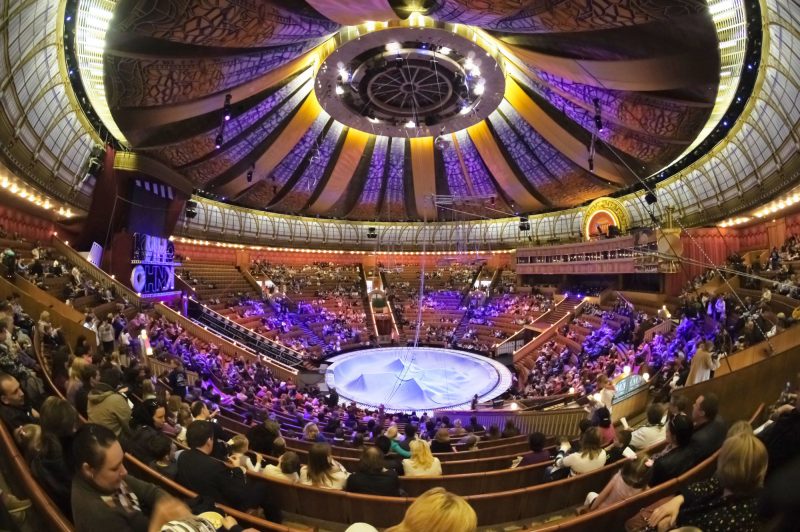
During the Soviet era and despite the fact that the Soviet Union was a closed country, Russian circus was known far beyond its borders and has always attracted the audience by the quality of its performances, as well as the skills and artistry of acrobats, aerialists, animal trainers, and clowns. The modern Russian circus perpetuates the Soviet traditions and presents to the audience unique, inimitable, and unforgettable shows. But do you know how it all started?
Beginnings of the Russian circus
The beginning of the Russian circus dates back to Kievan Rus. In the 11th century, the first circus performers were the buffoons who were universal artists – not only did they sing and dance, but they also juggled and demonstrated magical tricks. Buffoons usually performed on the streets, but over time their performances relocated to fairs and markets. There, in small special tents, visitors could also see strongmen demonstrating unique physical strength and gymnasts whose body plastics struck people.
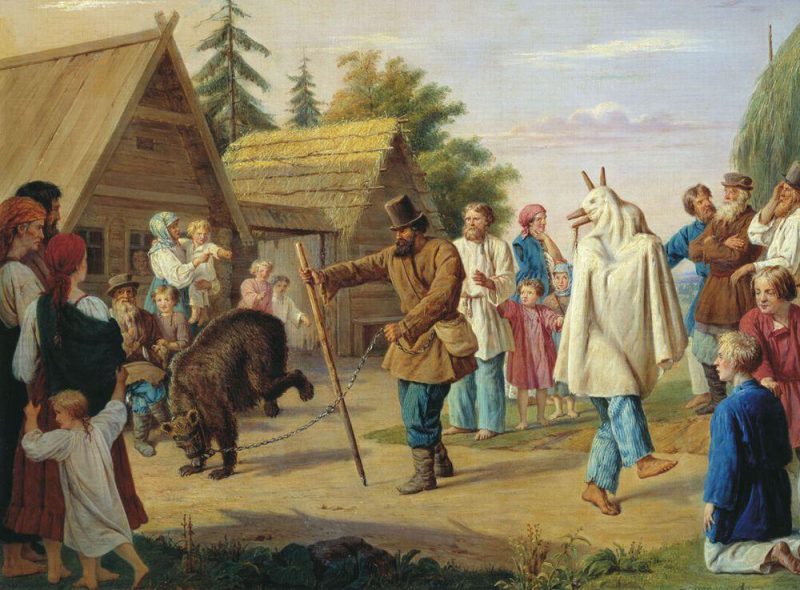
For the first few centuries circus life did not changed much: circus artists moved from place to place, performed magic tricks and stunts involving animals. The Gypsy circus also flourished at that time: Gypsy camps usually had a fortune-teller doing prediction sessions while animal trainers showed tricks with bears.
Big changes in the circus began when Peter I came to power. Not only did he undertake ambitious economic and political reforms, but also made a significant contribution to the development of Russian culture. Thus, the first Russian museum was the Kunstkamera that still contains unique and frightening exhibits –babies with obvious physical disabilities preserved in alcohol. This may seem inexplicable and inhuman to modern people, but it is precisely that interest in frightening sights that allowed the circus to reach a new level in its development. Now in circus tents, they showed not only the usual tricks and dances but also people with physical disabilities: hunchbacks, hairy women, very obese people, etc. In high society, for the amusement of nobles and kings, araps (clown servants with a darker skin) and karls (dwarfs) were introduced. Fortunately, this period in the history of the circus did not last long, and already at the beginning of the 19th century the idea of circus as a normative and regulated art was born.
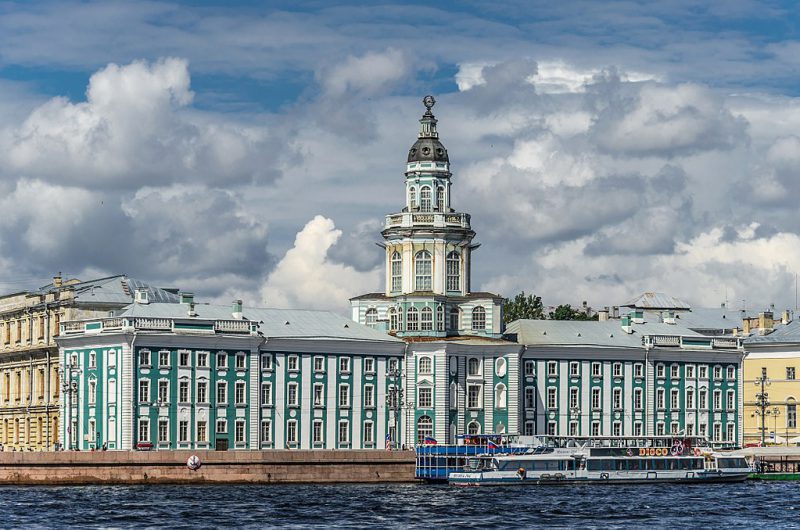
The first step towards creating a stationary circus in the early 19th century was the change of the circus program. Instead of people with physical disabilities, theatrical carousels and horse cavalcades were arranged. A special building with an arena was built for it on Krestovsky Island in St. Petersburg. Also, due to the role of the Russian Empire in the global arena, it became very attractive for foreign artists to come and perform there. In 1825 the first performance of a mixed circus troupe uniting Russian and French artists was conducted. In 1849 the first school for professional circus performers opened, and in 1877 the famous Italian circus rider Gaetano Ciniselli arrived in St. Petersburg where he became one of the founders of the first stationary circus in the city center.
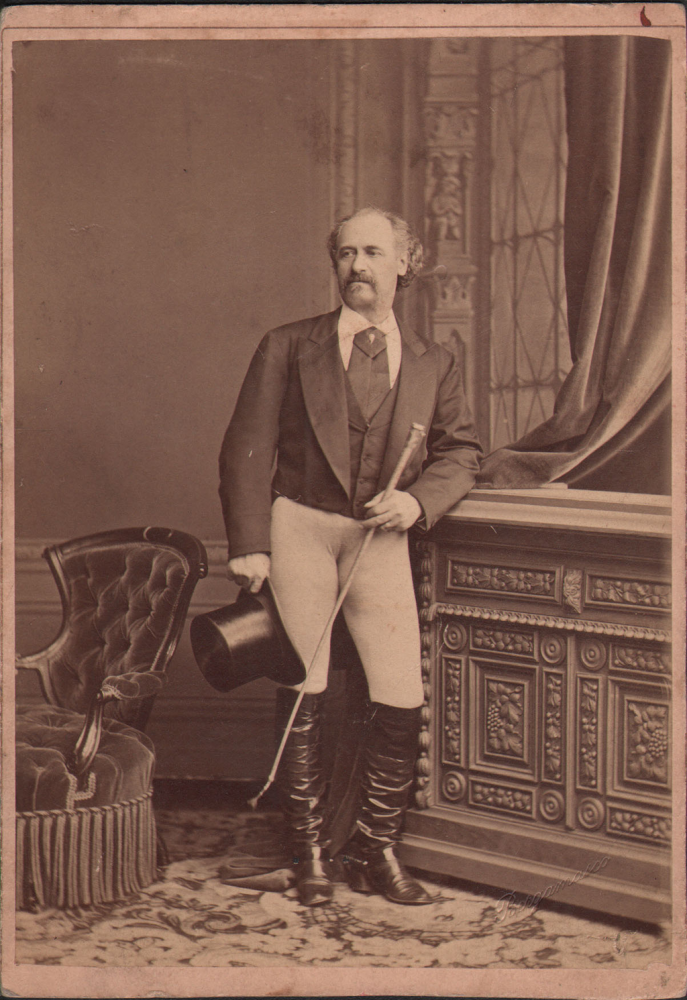
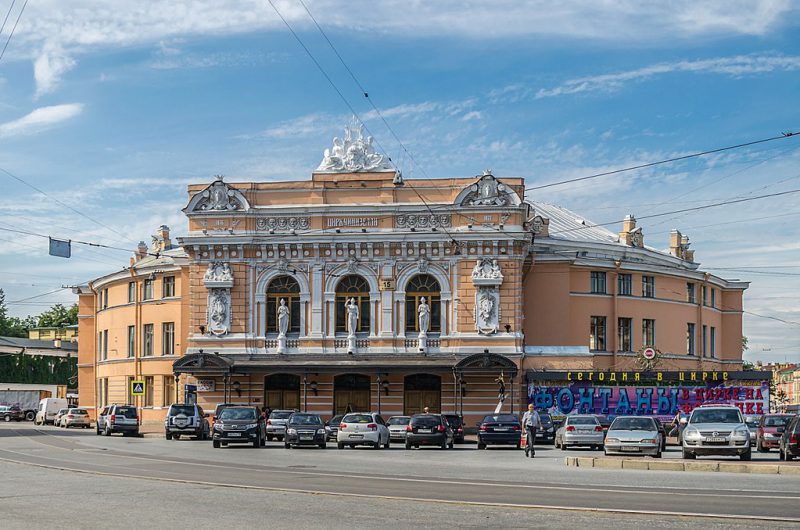
Russians were no less prominent figures in the development of the circus: the first circus Russian dynasty was the Nikitin brothers who traveled through the cities of the Russian Empire and opened stationary circuses in Penza, Saratov, Kiev, Kazan, and Baku. The Nikitin brothers’ circus distinguished itself mainly through the plot clownery, tricks with monkeys, and performances with birds. The horse cavalcades, typical of St. Petersburg and Moscow, were too expensive to arrange them everywhere.
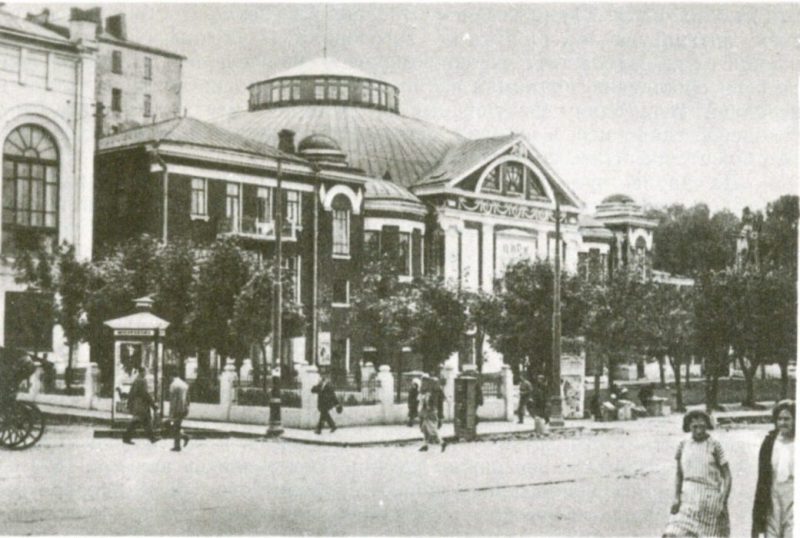
Yet, the appearance of a regular, stationary circus did not destroy the street circuses; they still existed but in a modified form. Now, street circus artists showed puppet plays in which the famous Petrushka became the main character. Later, the figure of Petrushka was borrowed by the regular circus, and scenes with Petrushka became very popular among viewers during circus tours in Europe.
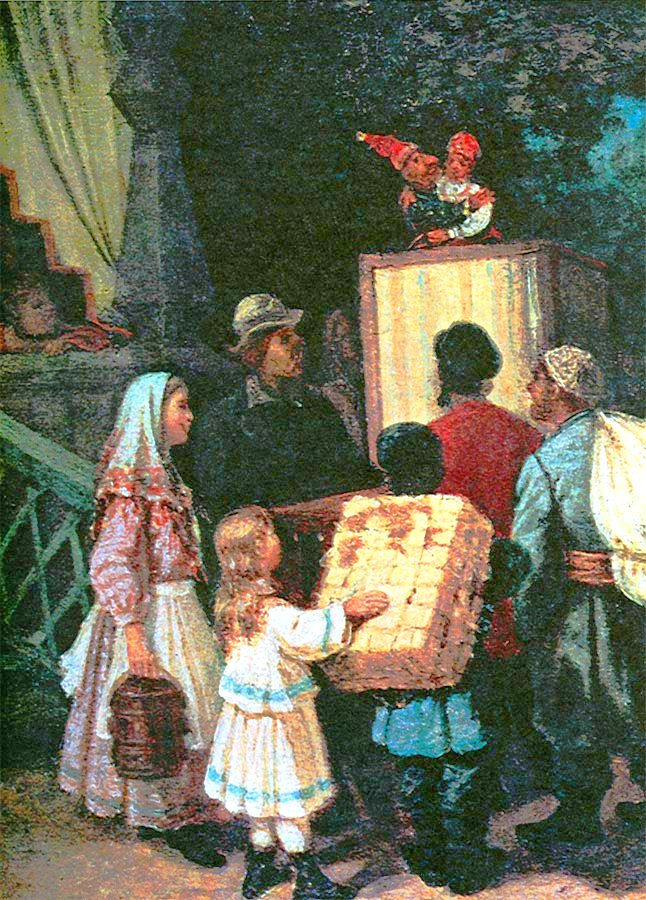
Russian circus during Soviet era
Surprisingly, after the 1917 Revolution, the Russian circus became even more popular. The state gave the circus a function of an “art for the people” and supported the artists financially. The spectators plunged into the magical world of aerial gymnastics, laughed to tears at the jokes of clowns and pantomimes, marveled at the courage of trainers entering the arena with tigers, lions or elephants, and admired horse riders and jugglers. The performances had also special “celebratory spirit” achieved by the bright costumes enhancing even more the surrealistic atmosphere.
The circus was one of the favorite themes for Soviet filmmakers. Some of Soviet movies with a circus theme are: “The Circus Princess” (1982), “Mister X” (1958), “Tamer of Tigers” (1955), amongst others. Not only actors, but also many circus performers and representatives of circus dynasties took part in shooting these movies.
Russian circus nowadays
Nowadays, the modern Russian circus continues the traditions that started in the last century. Many circuses offer not only a classic performance with clowns and animals but also various fabulous and mystical shows where the main characters are acrobats, gymnasts and jugglers.
In addition, in the Russian circus great attention and care is given to the artists themselves, but also to the animals: a balanced schedule of training and performances allows animals to feel comfortable within the circus’s walls.
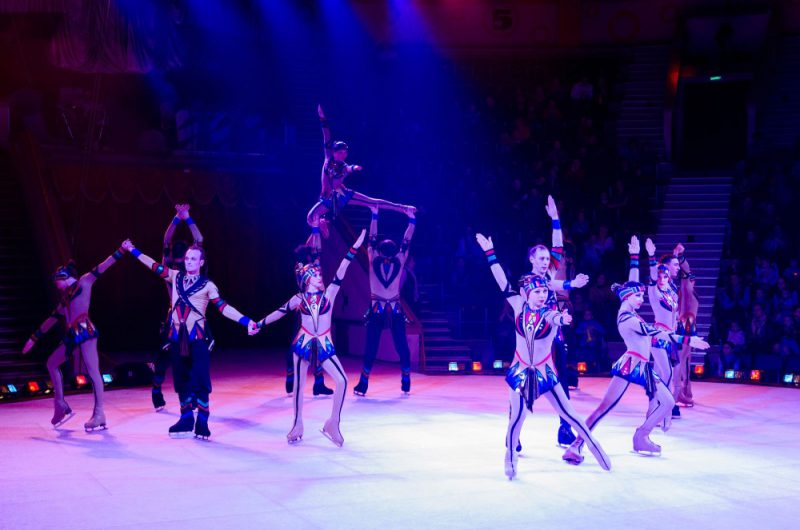
The most famous circuses in Russia are: the Zapashny Brothers Circus, Yuri Nikulin’s Circus in Moscow, the Fontanka Circus in St. Petersburg, the Kazan Circus, the Slava Polunin Snow Show, the Voronezh Circus, the Golden Dragon Circus in Novosibirsk, and many others.
If you travel around Russia, do not miss the chance to get acquainted with the art of the Russian circus!

Culturologist, professor of Russian as a foreign language and promoter of Russian culture.
Aleksandra gives Russian lessons via Skype.







Great story. Would like to see more pictures of Circus Buildings.
Hello Sid,
Thanks for the comment. It is not easy to find copyright free pictures, this is why we don’t have many of them.
If you are interested in this topic, we are sure you can find a lot of images in Google.